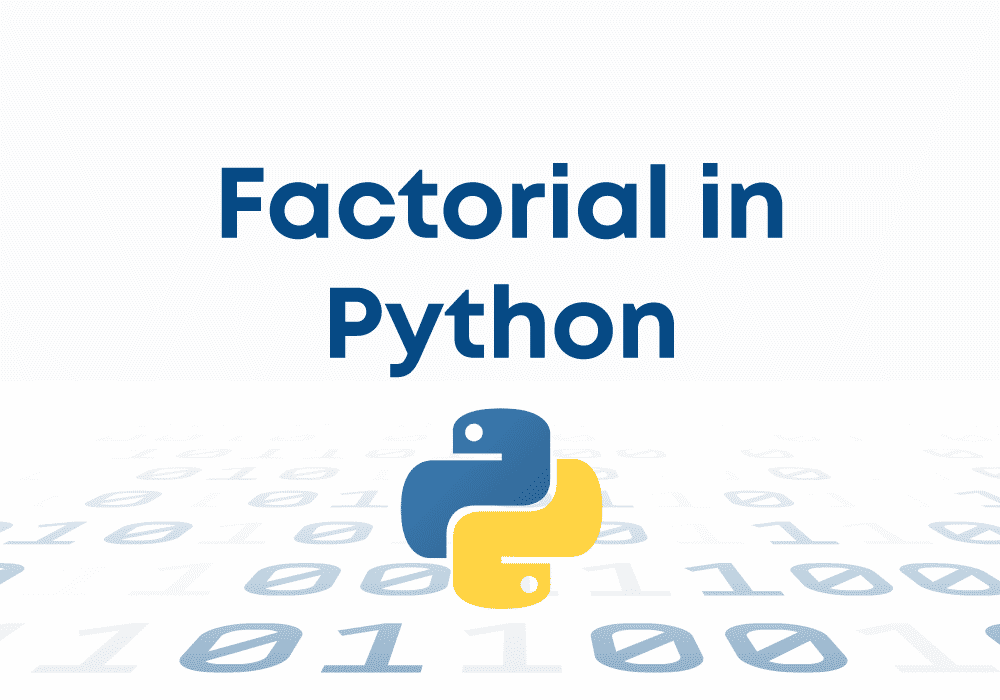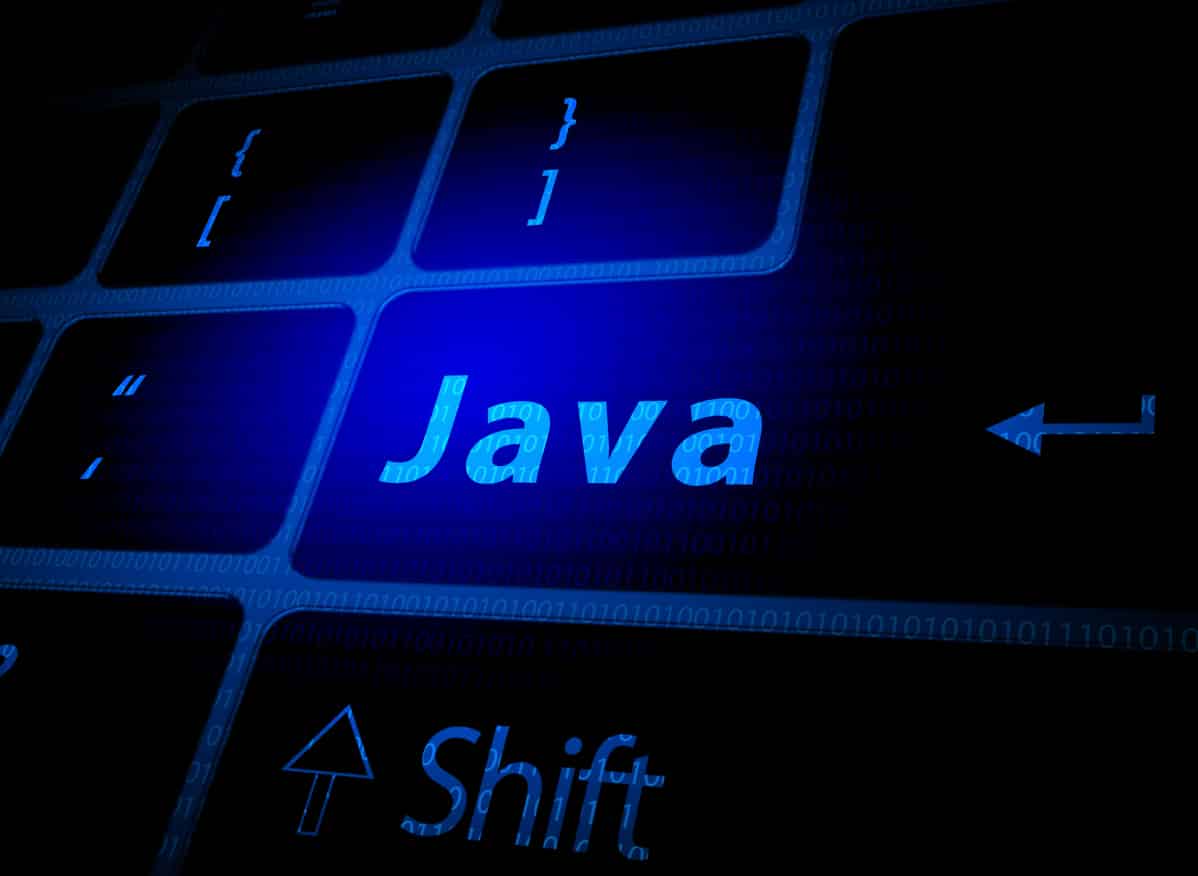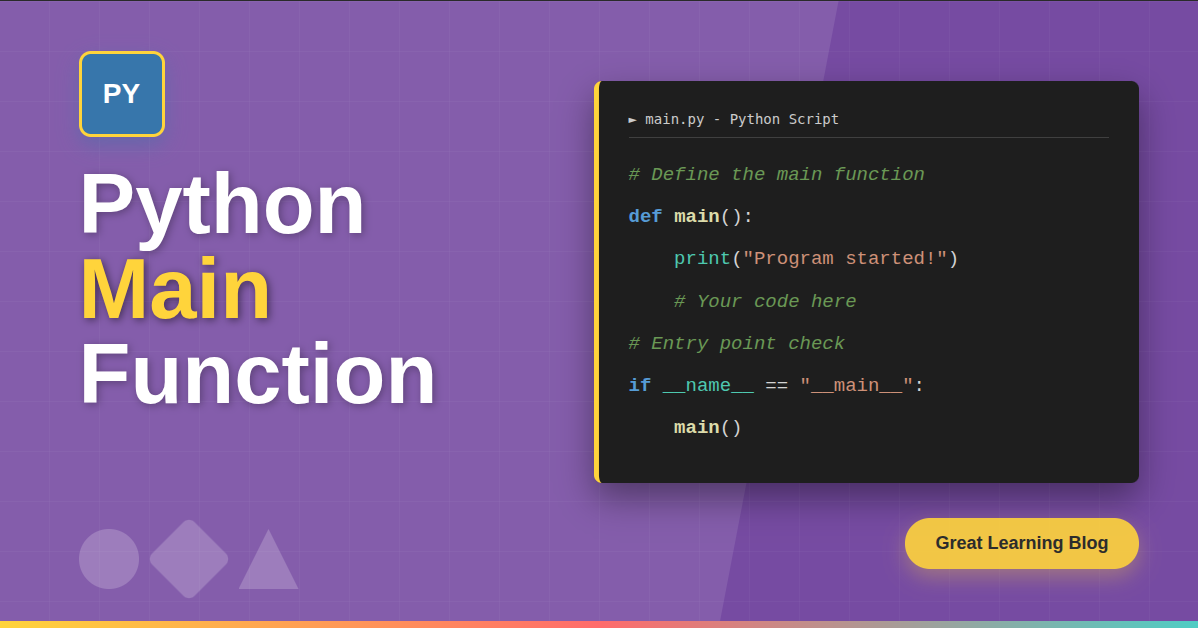Shell scripts are programs that contain commands to be executed by a shell, which is a command-line interpreter. Long repetitive series of commands are compiled into a single script, thereby largely reducing repetitive work. Shell scripts are used for program execution, file manipulation, and printing text. One of the common uses of shell scripting is to program operating systems of UNIX, Windows, Apple, etc. When it comes to system level operations, shell scripting is considered as one of the easiest programming languages.
The first shell was developed by Ken Thompson for UNIX in 1971. In 1977, Bourne shell was created by Stephen Bourne at bell labs for UNIX. It is a useful shell today. In some Linux systems, it is a default shell. Tenex C shell Korn shell, the Bourne-again shell, exotic shell are the different types of shell. Through this blog, we will learn the top shell scripting interview questions and answers that will help you land your dream job.
Let's get started.
Basic Shell Scripting Interview Questions
This section of the blog covers the basic shell scripting interview questions and answers required for you to kick-start your journey. If you are a experienced professional, you can use these questions to revise your knowledge.
1. What is Linux?
It is a family of open-source Unix operating systems based on the Linux kernel.
2. Difference between Linux and Unix?
Linux is a clone of Unix. Linux default shell is BASH (Bourne Again Shell) while the Unix shell is Bourne Shell.
3. What is a kernel?
The kernel is a computer program at the core of a computer's operating system that manages operations of computer and hardware.
4. What is an interpreter?
Interpreter translates the program line by line into machine code.
5. What is a compiler?
Compiler scans the whole program and converts it into machine code.
6. What is a shell?
Shell is a program and command line interpreter. It is an interface between user and kernel.
7. What is CLI and GUI?
CLI is a command line interface. This user interface enables the user to give commands to interact with the device.
GUI is a graphical user interface. This user interface enables users to interact with devices with the help of graphical icons and visual indicators.
8. Why would we use CLI over GUI?
- CLI gives better control to the user.
- CLI is a best option for professionals who work on more programming languages.
- It required less memory as compared to GUI.
- The speed of the CLI is faster than GUI.
9. What is shell scripting?
It is a text file which contains list or series of command or statements to be executed.
10. What is the default login shell? How to change it?
/bin/bash is the default login shell. Using the command “chsh” we can change the default shell.
11. What is the importance of shell scripting?
- If you need to perform the same task repeatedly, you should use shell scripting
- By using shell scripting, you can make your own tools
- It is very useful for a system admin to automate daily tasks
12. What are the various stages of the Linux process?
- Waiting: The process waits for resources
- Running: The process is currently being executed
- Stop: The linux process stop after execution
- Zombie: The process has stopped but it is still active in process table
13. What is the main difference between BASH and DOS?
BASH commands are case sensitive but DOS commands are not case sensitive.
14. What are the components of Linux?
Kernels, shells, GUI, system utilities and application programs are components of Linux.
15. What is a root user?
It is an admin user that allows you full control of your system.
16. What are the environmental variables?
Environmental variable control shell function as well as other Linux programs.
17. What is LILO?
LILO is a boot loader used in Linux .It is used to load the operating system into main memory to start its operation.
18. What are the different types of commonly used shells on a Linux system?
- Bash/Bourne Again Shell: This is the most common shell available on all Linux and based systems. It is open source and freeware.
- CSH or C Shell: This Shell scripting program uses the C programming’s shell syntax and it's almost similar to C.
- KSH or Korn Shell: Korn is a Unix based Shell scripting program, initially based on the Bash Shell Scripting. This shell is quite advanced and it's a high level programming language.
- TCSH: There is no specific full form of TCSH. It is as it is. TCSH is an advanced version of Berkeley Unix C shell. It again supports C style syntax.
19. Which command is used to execute a shell file?
First Set execute permission on your script using chmod command:
chmod +x script-name-here.shTo run your script:
./script-name-here.shAnother option to execute shell script:
sh script-name-here.sh20. Name of Editors which are available in almost all UNIX?
- vi/vim
- Gedit
- VSCode
- Nano
- Sublime
- Atom
- GNU emacs
- Brackets
Intermediate Shell Scripting Interview Questions
This section covers shell scripting interview questions for the intermediate level and will help you attend your upcoming interviews with confidence.
1. What is interactive and non-interactive shell?
Interactive Shell
/bin/bash and /bin/sh Non-interactive shell
/sbin/nologin 2. What is the absolute and relative path?
Absolute path is the full path of the directory. It always starts with “/” .
Example:
cd /var/tmp/abrt/Relative path is necessary from current location to reach particular directory doesn’t start with “/”.
Example:
cd .. , cd –3. How to create, read and delete files?
The touch command is used for creating files.
Example:
#touch filename The cat command is used for reading files.
Example:
#cat filenameThe rm command is used for delete a file.
Example:
#rm –f filename 4. How to create and delete a directory?
The mkdir command is used for creating a directory.
Example:
# mkdir filenameThe rmdir command is used for remove directory
Example:
#rmdir filename 5. How to create multiple text files and directories?
To create multiple text file touch file name {} command is used.
Example:
Suppose we want create 4 files then we type:
#touch filename{1..4}To create multiple directory mkdir filename {} command is used.
Example:
Suppose we want to create 4 directory, then we type:
mkdir filename {1..4}6. What is the use of head and tail command?
Head command is used for display started 10 lines
Tail command is used for display started 10 lines
7. How to find the current shell which you are using?
$echo $SHELL command is used for find current shell.
8. How to find an available shell in your system?
Cat /etc/shells command is used to find available shells in your system.
9. How to create shortcuts in Linux?
To create shortcut “link” command use.
There are two types of link:
- Hard link
- Soft link
10. Tell me the difference between hard link and soft link?
Deleting the original file does not affect the hard link but Deleting the original file makes the soft link inactive.
11. How will you pass and access arguments to a script in Linux?
For pass arguments in script “scriptname arg1 arg2 arg3 …”
For access arguments in script can be accessed inside the script as “$1 , $2 .. $n”
12. What is the significance of $#?
It represents the total number of arguments passed by string.
13. What is the difference between $* and $@?
$* consider the entire set of positional parameters as a single string, but $@ treat each quoted argument as a separate argument.
14. Explain "s" permission bit in a file?
“s” bit also called “set user id”(SUID) bit. “s” on file causes the process to have the privileges of the owner of the file during the instance of the program.
15. What are the different types of variables used in Shell Script?
System defined variable: System defined variable created by os itself. These variables are generally defined in capital letters. It can be viewed by the “set” command.
User defined variable: It created by system users. Value of variable can be view by using “echo $variablename” command.
16. What is the difference between = and ==?
= is used for assigning value to a variable.
== is used for string comparison.
17. What is the use of a pipe operator? How to execute multiple commands in one line?
The pipe operator is used for one by one execution of command but commands should not be dependent on each other.
18. What are the different modes of vi editors?
Command mode: this is a mode where you start
Edit mode: This mode allows you to do next editing.
Ex mode: In this mode you interact with vi with instruction to process
19. What is redirection?
Redirection is the process of direction data from one output to another.
20. How to find the status of the process?
Ps ux command user for find status of process.
21. How to check memory status?
Free command is useful for checking memory status.
22. How to debug a shell script?
To debug a shell script we execute the script with the “-x” or “-nv” option.
23. Which command is used for comparing the string in the shell script?
To compare the string “test” command is used.
24. What is the difference between $! and $$?
$! Shows process id of the process that recently went into background
$$ gives the process id of the currently executing process
25. Which command is used to find all information of the user?
“finger” command shows all information of users.
26. Which four fundamental components of every file system?
Boot block: It contains a small program called MBR which loads the kernel during system boot up.
Super block: Super block contains all information about the file system.
Inode block: It contains inode for every file of the file system.
27. What is the Crontab?
Crontab stands for cron table because it uses the job scheduler cron to execute tasks. The crontab is a list of commands that you want to run on a regular schedule, and also the name of the command used to manage that list.
28. How many fields are present in a crontab file?
The five fields contain information on when to execute the command.
- minute(0-59)
- hour(0-23)
- day(1-31)
- month(1-12)
- day of the week(0-6, Sunday = 0).
29. What are the two files of crontab command?
cron.allow which decides the users need to be permitted for using the crontab command.
cron.deny which decides the users need to be prevented from using the crontab command
30. What are the different commands available to check the disk usage?
- df: It is used to check the free disk space.
- du: It is used to check the directory wise disk usage.
- dfspace: It is used to check the free disk space in terms of MB.
31. How to open a read-only file in the Shell?
vi –R <Filename>32. How to find out how long the system has been running?
By using the command "uptime".
33. How to connect to a remote server and execute some commands?
We can use ssh to do this:
ssh username@serverIP -p sshport Once the above command is executed, enter the password.
34. How to connect to a database server from Linux?
mysql –S serverName –U username –P password35. How can I set the default permission to all users on every file which is created in the current shell?
umask 77736. How will I insert a line "ABCD" at every 50th line of a file?
sed '50i\ABCD' filename 37. How to find the total disk space used by a specific user?
du -s /home/username 38. How to print the login names of all users on a system?
/etc/shadow file has all the users listed.
awk –F ':' '{print $1}' /etc/shadow|uniq –u39. Write a shell script to get current date, time, username and current working directory.
#!/bin/sh
echo "Hello, $LOGNAME"
echo "Today's date is `date`"
echo "Username is `who i am`"
echo "Current directory is `pwd`"40. How to check if a directory exists?
#!/bin/sh
if [ -d $mydir ]
then
echo "Directory exists"
fi41. Explain the file permissions.
r - read 4
w - write 2
e - execute 1
42. Given a file, replace all occurrence of word "ABC" with "DEF" from 10th line till end in only those lines that contains word "MNO"
sed –n '10,$p' file1|sed '/MNO/s/ABC/DEF/'43. How will you find the 19th line of a file using only tail and head command?
tail +19 file1|head -1 44. How to Use the sed command to replace the content of the file?
if cat fille
ABCD
EFGH
Then O/p should be
EFGH
ABCD
sed '1! G; h;$!d' file145. I want to create a directory such that anyone in the group can create a file and access any person's file in it but none should be able to delete a file other than the one created by himself.
We can create the directory giving read and execute access to everyone in the group and setting its sticky bit "t" on as follows:
mkdir direc1
chmod g+wx direc1
chmod +t direc146. How to get the 3rd element/column from each line from a file?
#!/bin/sh
awk '{print $3}' $147. Write down the Syntax for all the loops in Shell Scripting.
For Loop:
for var in word1 word2 ... wordn
do
Statement(s) to be executed for every word.
doneWhile Loop:
while command
do
Statement(s) to be executed if command is true
DoneUntil Loop:
until command
do
Statement(s) to be executed until command is true
done48. How to pass arguments to a script?
./script argument used for passed argument to a script.
Example:
./script.sh file.txt
cat script.sh
#!bin/bash
Cat $149. How to use arguments in the script?
In the script we use first argument as $1 and second argument as $2
Example: To move file one destination($1) to another($2)
./move.sh file.txt /text
cat move.sh
#!/bin/bash
mv $1 $250. How to get 5rd element from each line from the file?
awk ‘{print $5}’51. how to find process name from process ID?
“ps –p pid” command used to find the process name.
52. How to create alias command in shell?
Alias name = ”command whose alias to be created”.
53 . What is the c and b permission field of the file?
C specifies whether the file is character special file or block special file.
54. How to get 5rd element from each line from the file?
awk ‘{print $5}’55. What is the use of a shebang line?
Shebang line at the top of each script determines the location of the engine which is to be used in order to execute the script.
56. How to add two strings?
S1=”hello”
S2=”world”
Let s3=$s1+$s2
Echo $s357. How to add two integers?
Int1=3
Int2=2
Int3=$int1+$int2
Echo $int358. Write a script to check if a file exists on the system?
If [-f /var/www/html]
Then
Echo “file exists”
Fi59. Why #!/bin/sh or #!/bin/bash at the beginning of every script?
That line tells which shell to use.
60. From given file name find the count of lines containing word “ABC”
grep –c “ABC” filename61. What would be the output of command: echo ${new:-variable}
Output: variable
62. How to print all array indexes?
echo ${!array[@]} used to print all array indexes.63. How to remove elements from an array with id 3?
Unset array[3]64. Write a script to compare numbers?
#!/bin/bash
X=10
Y=20
If [ $x –gt $y ]
Then
Echo “ x is greater than y”
Else
Echo “y is greater than x”
Fi65. What are the types of permission at the file level in Shell?
Owner permissions: The permissions granted to a user with all the rights at the root level.
Group permissions: The permissions granted to a user with all the rights in a particular group.
Other permissions: The permissions granted to a user with all the rights globally to a file.
66. How to use comments in shell scripting?
#! /bin/bash
# addition
((sum=30+20))
#print
Echo$sum67. How to use multi-line comments in shell scripting?
#! /bin/bash
: ‘
This script calculates squares of 8.
‘
((square=8*8))
echo $area68. Write a script that receive input from user.
#! /bin/bash
Echo –n “enter input:”
read input
echo “ you entered: $input”69. Write a script using the AND operator.
#! /bin/bash
Echo –n “enter number:”
read number
if [[ ($number –lt 10 ) && ($number%2 –eq 0)]]
echo “even number”
else
echo “odd number”
fi70. Write an example of OR operator.
#! /bin/bash
Echo –n “enter any number : “
read n
if [[ ( $n –eq 10 || $n -eq 45) ]]
then
echo “ you win”
else “ you lost!”
fi
example of elif
#! /bin/bash
Echo –n “enter number :”
read number
if [[ $number -gt 10]]
then
echo “number is greater than 10”
elif [[ $num –eq 10 ]]
then
echo ‘number is equal to 10”
else
echo “ number is less than 10”
fi71. Write a script for adding multiple values.
#! /bin/bash
Sum=0
For (( counter=1 ; counter<5 ;counter++))
Do
Echo –n “enter your number”
read n
(( sum+=n))
#echo –n “$counter”
Done
Printf “\n”
echo “result is : $ sum”72. Write an example of a function.
#! /bin/bash
Function Add()
{
echo –n “enter number:”
read a
echo –n “enter 2nd number :”
read b
echo “addition is: $(( a+b ))”
}
Add73. How to send mail using shell script?
#! /bin/bash
Recipientadmin@example.com
Subject=”script”
Message=”this mail send by script”
‘mail –s $subject $recipient <<< $message’74. Write script to print current date and time.
#! /bin/bash
year= ‘date +%Y’
month=’date +%m’
day=’date +%d’
hour=’date +% H’
minute=’date +%M’
second=’date +%S’
echo ‘date’
echo “current date is :$day-$month=$year”
echo “current time is :$hour:$minute:$second”Career growth
There are a lot of opportunities from many reputed companies in the world. According to research, Linux Shell Scripting has a market share of about 17. Since 2018, Linux has started to expand its market rapidly. According to PayScale, the average salary for shell scripting skill is $81,951. If you want career growth in DevOps, System administrator, learning shell scripting interview questions would be a great start.
Daily use Examples of Shell Scripting by System Admins
- Monitoring your Linux system.
- Data backup and creating snapshots.
- Dumping Oracle or MySQL database for backup.
- Creating email based alert systems.
- Find out what processes are eating up your system resources.
- Find out available and free memory.
- Find out all logged in users and what they are doing.
- Find out if all necessary network services are running or not. For example if the web server failed then send an alert to the system administrator via a pager or an email.
- Find out all failed login attempts, if login attempts are continued repeatedly from the same network IP automatically block all those IPs accessing your network/service via firewall.
- User administration as per your own security policies.
- Find out information about local or remote servers.
- Server configuration.
Shell Scripting FAQs
Shell programming scripting shouldn’t be used if a task is extremely complex, such as while writing a payroll processing system or when a high degree of productivity is required.
In shell scripting, $1 refers to the first argument or filename1, $2 refers to the second argument.
Shell scripting is extremely beneficial when it comes to reducing repetitive tasks that are time consuming and need to be executed by typing one line at a time. It can be used to automate the code compiling process, creating a program environment, running a program, and much more.
The -z flag parameter in bash is helpful to check whether the length of a variable is zero and returns true if it is zero.
No, Bash is a scripting language and does not support OOP.
This brings us to the end of the blog on shell scripting interview questions. We hope that you were able to benefit from this blog on shell scripting interview questions and are now better-equipped to attend your upcoming interviews.
If you wish to upskill in this domain and learn more concepts, check out the various Free Online Courses offered by Great Learning Academy.






